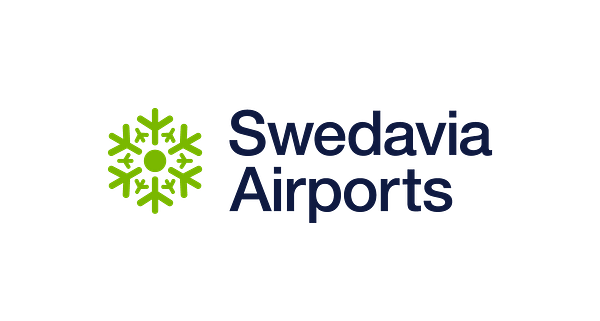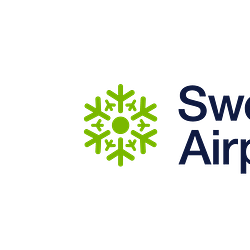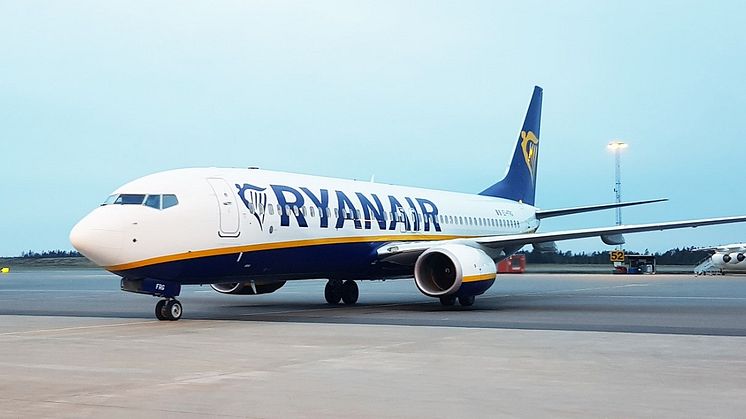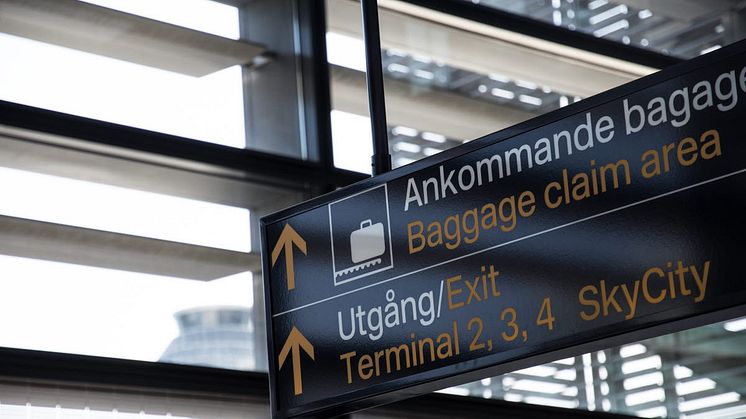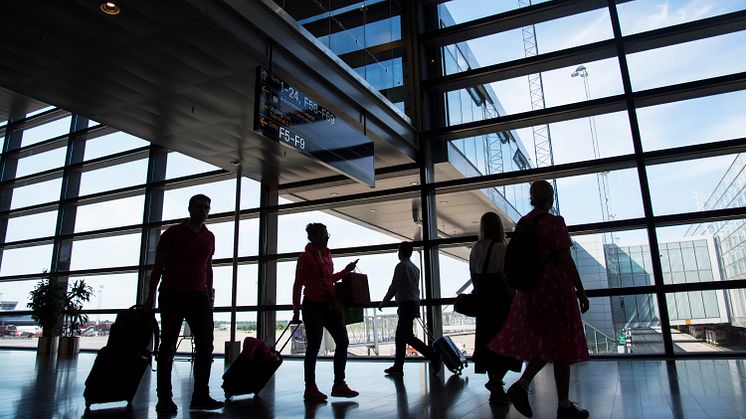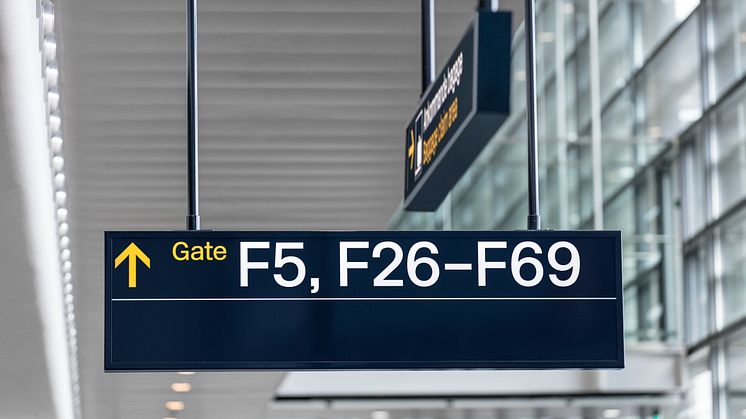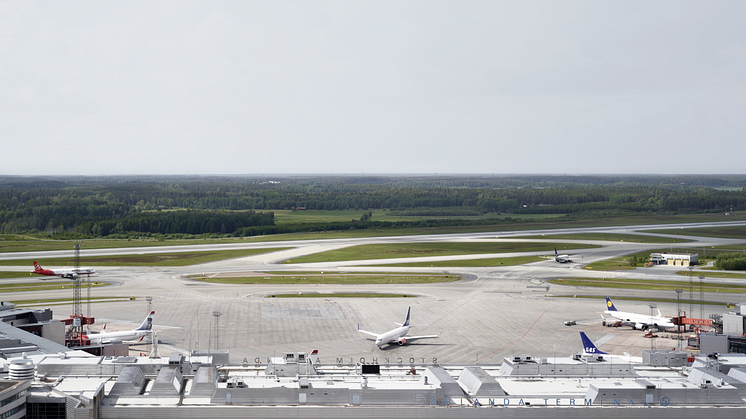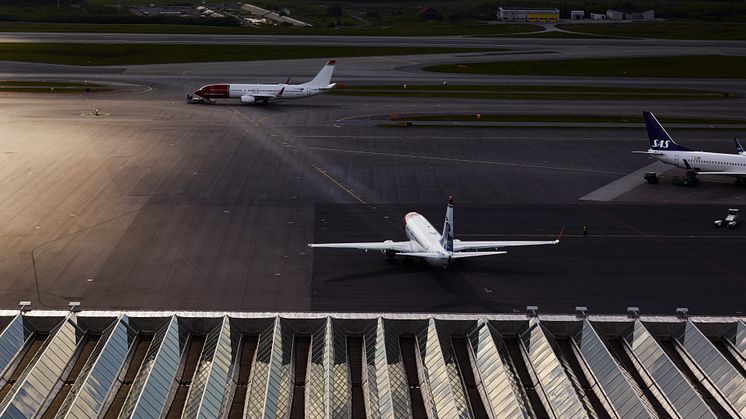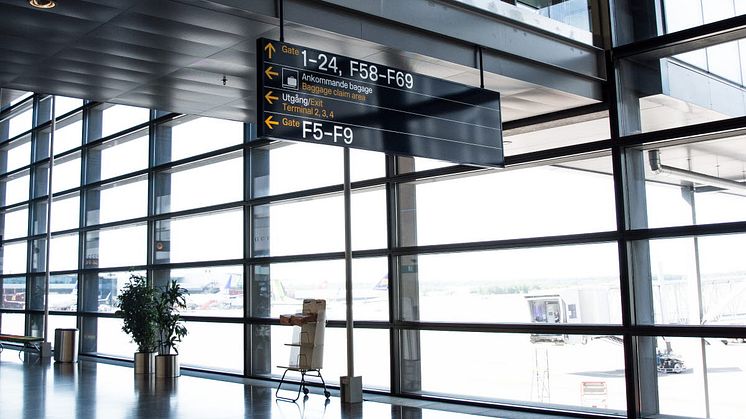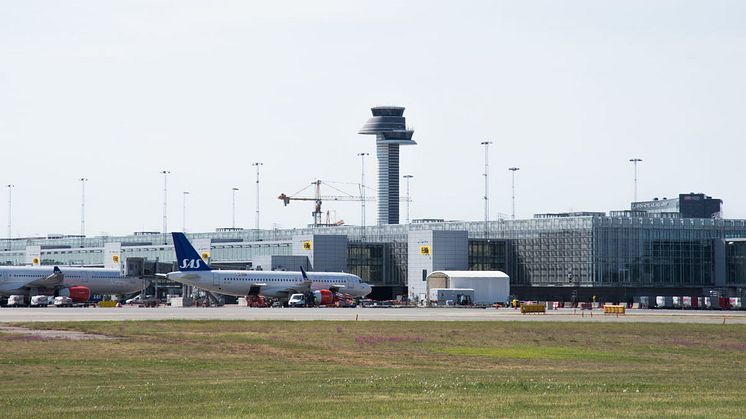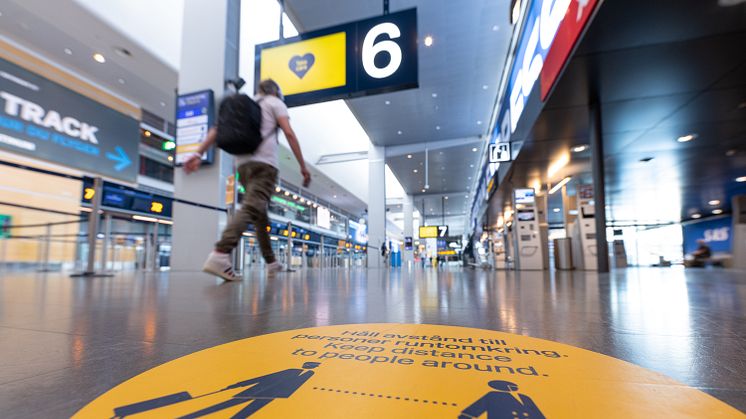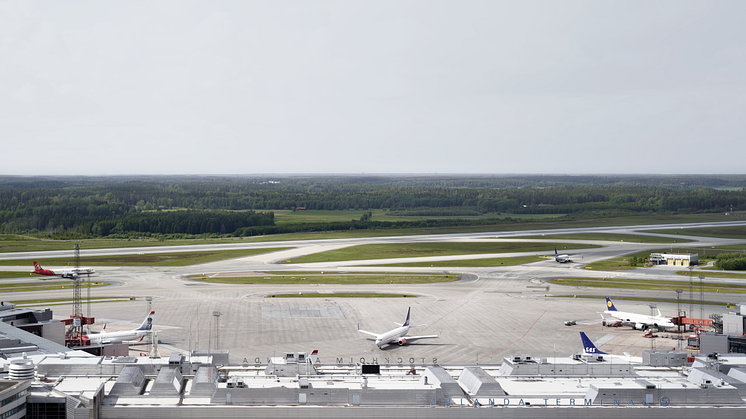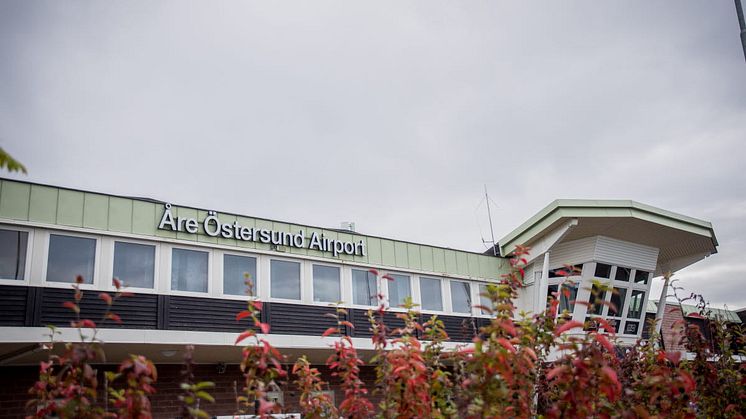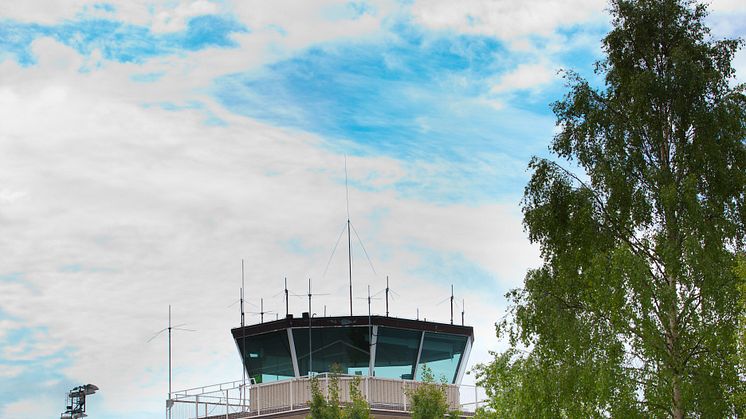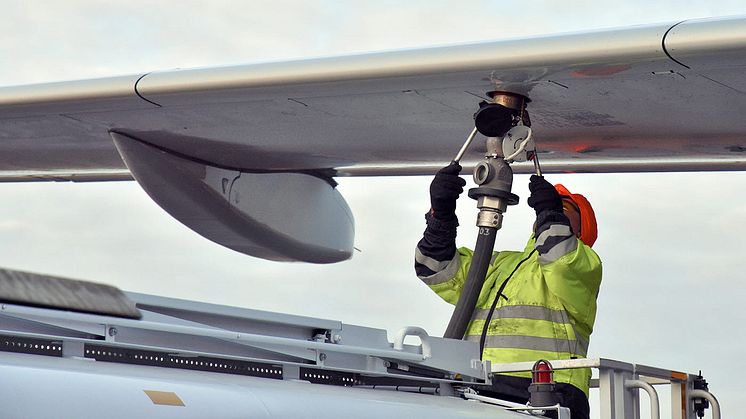
Press release -
Swedavia supports sustainable air travel – annual sustainable jet fueling at Stockholm Arlanda Airport
Sweden’s leading airport operator Swedavia contributes to sustainable air travel by buying sustainable aviation fuel for its annual corporate travel purposes. This year and for the first time the sustainable fuel delivery is shared with external partners – SOS Alarm, Systembolaget and the Swedish 2030 Secretariat – as result of a tender collaboration initiated by Swedavia. Sustainable aviation fuel equivalent to about 9,000 flights will be tanked at Stockholm Arlanda Airport starting September 22.
Since 2016, Swedavia purchases sustainable aviation fuel each year that is equivalent to the fuel needed for its corporate travels in a year. The aim is to support the transformation of Swedish aviation in the face of climate change in line with Swedavia’s target to have at least five per cent sustainable aviation fuel at Swedish airports by 2025 at the latest.
“The effects of the COVID-19 pandemic has had a strong impact on both Swedavia and the aviation industry. Despite challenging times, actions to combat climate change in the aviation industry is a priority. Now is the time to show the determination of our climate ambitions and to achieve our goal of fossil-free domestic air travel in Sweden by 2030 and all air travel from Sweden by 2045,” says Jonas Abrahamsson, Swedavia’s president and CEO.
This year’s delivery of 210 tonnes of sustainable aviation fuel is being shared by SOS Alarm, Systembolaget, the Swedish 2030 Secretariat and Swedavia and is the result of a joint public tender. The amount is equivalent to about 9,000 flights (about 700 kilometres), for an 80 per cent reduction in fossil carbon dioxide fuel emissions compared to conventional aviation fuel.
“New innovative partnerships and engagement are needed to reduce carbon dioxide emissions. We are therefore very pleased that our partners have taken part in the tender. I would now also like to take the opportunity to invite more companies and organisations to take part in next year’s delivery of sustainable aviation fuel. The work on this tender will begin in the autumn. Together we can promote sustainable aviation and the climate change transformation paced within the aviation industry,” says Jonas Abrahamsson.
A joint tender enables more companies and organisations to directly reduce their climate impact from their business travel together with other alternatives such as carbon offsets. Increased demand for sustainable aviation fuel also contributes to the development of large-scale Swedish production of such fuel.
“Swedavia welcomes the Swedish government’s proposal of a reduction obligation in its budget proposal for next year. The reduction obligation is an important tool for speeding up the aviation industry’s adaptation in the face of climate change and can contribute to large-scale production of sustainable aviation fuel which has potential to be a new industrial showcase for Sweden,” Jonas Abrahamsson adds.
The Finnish company Neste produced the sustainable aviation fuel from waste and residue raw materials, such as used cooking oil and animal fats. While Air bp delivered the fuel. Up to 50 per cent of this fuel will be mixed with traditional jet fuel for refuelling at Stockholm Arlanda Airport starting Tuesday, September 22.
For many years, Swedavia has carried out ambitious sustainability work. All ten of its airports shall have zero emissions of fossil carbon dioxide from their own operations by the end of 2020. Swedavia also works actively to promote the industry’s transition to sustainable aviation fuel and has a target to have at least five per cent sustainable aviation fuel at Swedish airports by 2025 at the latest. Since 2016, Swedavia buys sustainable aviation fuel equivalent to that used for the company’s business travel.
For more information, please contact Robert Pletzin, press officer, through Swedavia’s press office at +46 (0)10-109 01 00 or press@swedavia.se.
Topics
Categories
Swedavia is a State-owned group that owns, operates and develops ten airports across Sweden. Our role is to create the access Sweden needs to facilitate travel, business and meetings – in Sweden, in Europe and around the world. Safe, satisfied passengers are the foundation of our business. Swedavia is a world leader in developing airports with the least possible environmental impact. The Group has revenue of over 6.2 billion Swedish kronor and some 3,000 employees.
